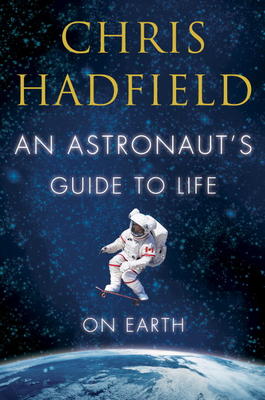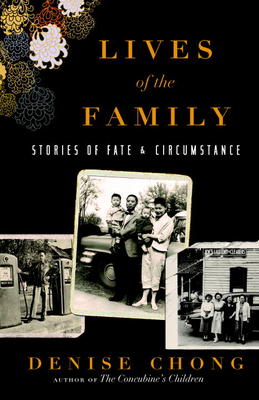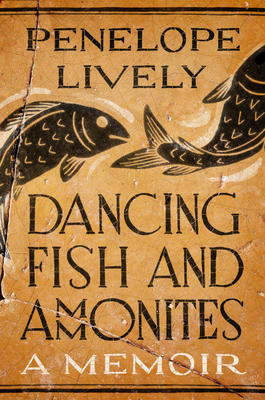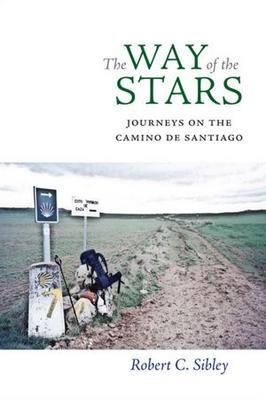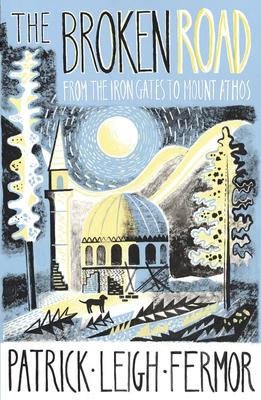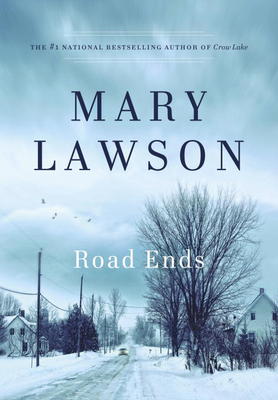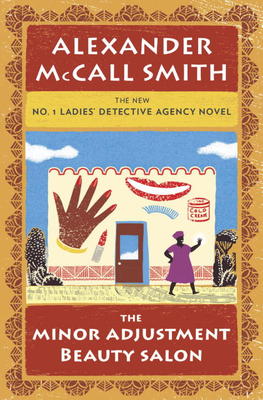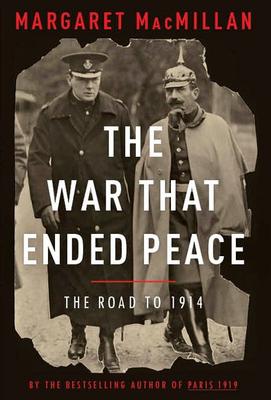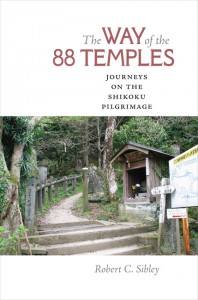 Robert C. Sibley is well-known to Ottawa readers as an award-winning Senior Writer for The Ottawa Citizen – often writing on religious topics – as well as the author of The Way of the Stars: Journeys on the Camino de Santiago.
Robert C. Sibley is well-known to Ottawa readers as an award-winning Senior Writer for The Ottawa Citizen – often writing on religious topics – as well as the author of The Way of the Stars: Journeys on the Camino de Santiago.
In this new book, he undertakes a famous pilgrimage in Japan. Called the Henro Michi, it covers a circuit of 88 temples around the perimeter of Shikoku, the smaller of Japan’s four main islands. Sibley was seeking some form of belief beyond modern secularism. For two months he was the only non-Buddhist to cover the 870-mile route. The experience gave him a new attachment to the spiritual life which he discovered day by day in the beauty and tranquility of the temples and their surroundings.
The Shikoku is probably the best-known of Japan’s hundreds of pilgrimage routes. These days an estimated 150 000 people take the pilgrimage by foot, car, or bus every year. Sibley walked the whole distance, enduring considerable hardships, with a too-heavy pack, blisters, sore leg muscles and sometimes a rock-strewn slope that almost defeated him.
But he also enjoyed the beautiful green valleys, panoramas of sea and sky, as well as traditional Japanese inns with sculptured trees and babbling ponds. He met friendly people, surprised by a foreign pilgrim but helpful with his limited Japanese language. He made lasting friends and shared their lives to the end.
He felt the pilgrimage became more than an adventure, but instead sank many of the spiritual dimensions into his heart forever. He had followed in the footsteps of Kobo Daisha, the 9th century ascetic who followed the Shingon sect of Buddhism. Over the two months, he learned that enlightenment is possible in this life and shares this in his book.
Review by Anne McDougall
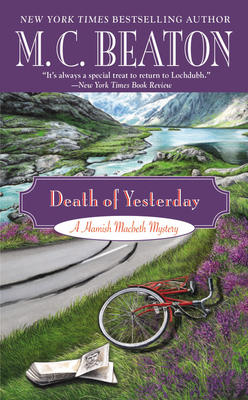 Another trip to the north of Scotland in M.C. Beaton’s “Death of Yesterday”.
Another trip to the north of Scotland in M.C. Beaton’s “Death of Yesterday”.